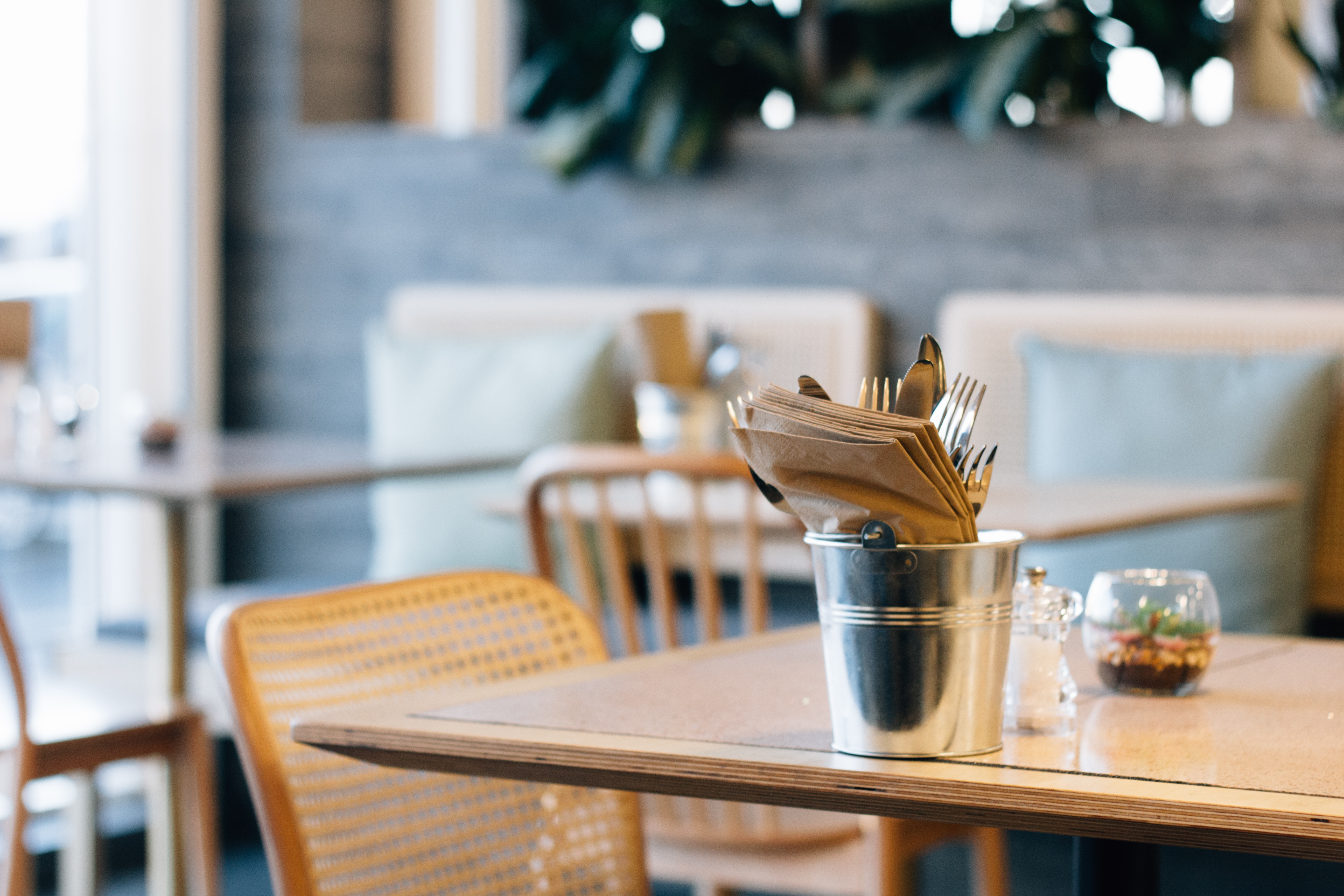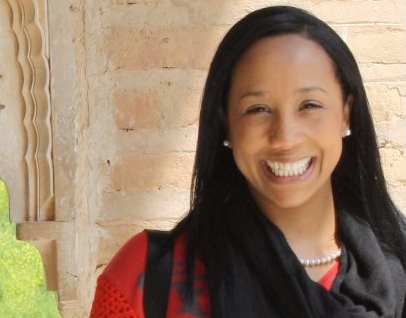Guest Post: How Mariana Izturiz acquired master negotiation hacks while ordering dinner

Note from Jennifer: As part of “Ask for it August” on my blog (which is both a theme and a contest), I want to share some success stories from freelance content marketing writers who have asked clients for more and gotten it. After she posted about it in the Freelance Content Marketing Writer group on Facebook, I invited Mariana Izturiz to share her tips on asking clients for more, and she wrote about the experience that helped her gain the courage to give it a shot.
 By Mariana Izturiz
By Mariana Izturiz
Are you the kind of customer who feels too polite or fearful to ask for something off-the-menu at a restaurant? Does it cause you anxiety or embarrassment to ask if they still have that appetizing special dish from your last visit? If so, don’t worry. You are not alone; there are plenty of us. That’s how I used to be.
Fascinatingly, it was from asking off-the-menu once at my favorite restaurant that I learned some very valuable lessons on negotiating better conditions with my content-marketing clients. In fact, I applied these lessons last week to renew my contract with a three-year anchor client, increasing my monthly income from that client by 150%.
How did I do it?
1. I went above and beyond. Before the previous contract lapsed, I produced a custom content marketing strategy for my client. Even when they had not requested it, I tried to make them understand why we all needed it to improve current metrics, and that I could help them with a first draft right away. Once delivered, they realized how much they needed it. I made sure I proposed a variety of options and included a step-by-step guide to improving the effectiveness of our content. (Disclosure: my client runs content marketing strategy in-house. The team had an old plan, but they had not had time to update it this year.)
2. I made a big ask. When it was time to discuss a new contract, I kept the same deliverables from my previous contract but doubled the rate for each one. I showed confidence in the value of my work and how it benefits my client.
3. I put icing on the cake. In my new proposal, I offered a new service to optimize the new strategy. I explained how this service would rapidly help them.
4. I didn’t shortchange myself. I was tempted to suggest a discount for signing a new long-term contract. However, after a productive discussion in Jennifer’s Freelance Content Marketing Writer group on Facebook, I decided it was best to showcase the “consulting added value” that I was offering.
The client said yes to the new contract. The negotiation process, although it was relatively short, was fascinating (embarking on a new strategy is always fun for the client and for the consultant!), satisfying, and productive. It reminded me of the story of one of the most savory Cantonese meals I’ve ever had.
Dare to ask
A couple of years ago, I was dining out in Venezuela with my friend “M” from Hong Kong, who is of Indian descent but is often mistaken for being Hispanic. We went to my favorite Cantonese restaurant, where the staff are Hongkongers. My friend was disheartened after going through the menu. What happened next was a simple but memorable lesson on negotiation, risk-taking and achieving unforeseen satisfaction.
When the waiter came to take the order, M spoke to him in fluent Cantonese. The waiter was surprised but obviously pleased. The exchange led to some friendly small talk between the two, all in a language I never had the discipline to learn. The result? M established a rapport with the waiter that enabled him to go off the menu.
-
Lesson one: Before you start negotiating, generate a space of empathy with your clients. Speak their business language. Let them know you fully understand their content needs and show them you are capable and excited to help them meet their goals.
Back to our Cantonese dinner: M explained to our now-very-friendly waiter that he was craving some traditional dishes and flavors, and, if possible, something less “commercial” than those on the menu.
“I’m looking for those juicy gems that every Cantonese chef keeps under his sleeve,” he said.
Then he threw out the daring question: “Do you have something off-the-menu we can try?” M followed by asking if specific dishes were available.
The waiter could have simply refused, but instead, he brought the chef to the table. This is where the real negotiation action began. It’s as if we had been talking to the department’s analyst, who gracefully handles freelancers’ questions and invoices, and then we were suddenly in a meeting with the CMO.
-
Lesson two: When asking your clients for better conditions (rate increases, more work, extended contracts), think about options that are exciting and challenging. How will they make a significant difference in your client’s content? Envision a win-win proposal. Do not be afraid to pose the questions directly to the decision-makers.
The chef rose to the challenge.
He agreed to prepare two of M’s requested dishes, under the condition that we tried two other ‘surprise’ dishes. My friend had already achieved 50% of his goal. The chef had agreed to prepare something that was not in his plan. Moreover, he was enjoying the challenge, and he even wanted to show off he was in control, by offering “surprise dishes.”
-
Lesson three: Proposing new content strategies or pitching radical ideas (e.g. items never considered in your previous contracts) can be advantageous and profitable. If you know the niche, understand your audience and the goals of your client, you can easily confirm your expertise as a consultant. You can make your clients feel in control despite embracing the urgency of change, but knowing they have the best co-pilot in the market (you).
So far, the negotiations between M and the chef were all excitement. However, M wasn’t done asking for things. There was a critical issue M wanted to leave crystal clear: the investment. The other 50% of my friend’s goal was not to spend more than what we would have spent by ordering from the menu.
Like the waiter before, the chef could have simply refused. Instead, he promised the average main course price for the two dishes M requested, and generously offered to charge a starter or dessert rate for the two surprise dishes. He went even further and provided beverages at no charge. The deal was closed!
-
Lesson four: The next time you go to your favorite restaurant (or get on the phone with your ideal anchor client), remember to get crazy and ask! Take the risk of asking off-the-menu. It’s a good way to practice being fearless and asking your anchor clients for more. The worst thing that can happen is that you get “not now” for an answer.
Happy asking!
How do you feel about going “off the menu” when proposing services to clients? Have you had any success being proactive, like Mariana?
Worried about AI writing tools? Take control of your freelancing career. Learn how to use AI to improve your productivity. The course contains the recent info and was updated May 2023.
Register now for a 14-module self led class at the intro price of $125.

Great post! Thanks for sharing your experience with us.
Thank you, Kristin! It is such a pleasure to share a fun learning experience with Jennifer’s readers.